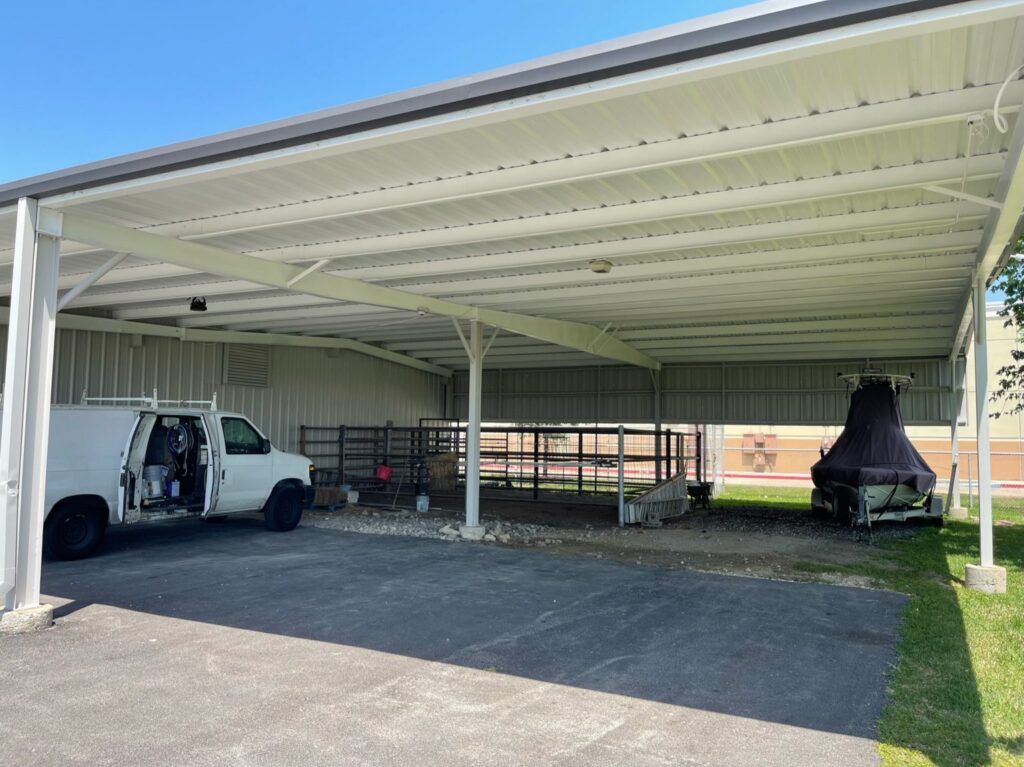Growing Demand for Eco-Friendly Paints
There is a growing need for low-VOC (Volatile Organic Compounds) and eco-friendly commercial paints, particularly in healthcare and educational institutions. These sensitive environments stand to benefit enormously from improved indoor air quality. Also, opting for eco-friendly alternatives aligns with global sustainability standards. In light of these changes, we will delve into the practices of sustainable commercial painting, singularly beneficial for such environments, and relate their relevance to our industry.
Why Sustainable Commercial Painting Matters
Low-VOC paints reduce the emission of harmful chemicals, offering significant health benefits. These safer paints also contribute to better indoor air quality, something critically important for patient recovery in hospitals and student focus in schools. Studies have shown a direct link between indoor air quality and overall well-being, with specific health problems, like respiratory issues, often linked to high-VOC paints. In addition, reduced VOC emissions from eco-friendly paints are not only healthier but also better for the atmosphere.
Implementing Sustainable Painting in Healthcare Institutions
Importance of Standards and Certifications
Adopting sustainable painting in healthcare institutions necessitates adherence to certain standards like LEED and Green Seal certifications. These standards vouch for the quality and safety of eco-friendly paints. Complying with these standards not only aligns the institutions with global sustainability efforts but also often brings financial incentives or grants. It empowers facilities to flaunt themselves as ‘green’ for marketing advantages. Noteworthy is the fact that validation by third-party organizations further enhances their credibility.
Implementing Sustainable Commercial Painting in Educational Institutions
Importance of a Safe Learning Environment
To support student health and focus, schools must address allergies and sensitivities, made possible by minimizing chemical exposures. Low-VOC and eco-friendly paints significantly reduce toxins, contributing to a more pleasant learning environment. With these adaptations, schools not only support safety but also serve as prime examples of sustainability within their communities. Additionally, this transition provides an excellent opportunity to educate students about environmental responsibility through these very real-world sustainability implementations.
Practical Application
The practical part of this transition involves carefully selecting paints that meet both health and environmental guidelines. It’s important that paints chosen for classrooms, corridors, bathrooms, and school exteriors are not only eco-friendly but highly durable, made to withstand heavy daily traffic. Efficient project management encourages minimal disruption to school activities during the painting process, and involving teachers and administrators in planning decisions makes for a smooth process. These initial extra efforts pay off long term with the reduced cost of repainting and maintenance.
Case Studies or Examples
Taking inspiration from other educational institutions that have successfully made the shift to sustainable commercial painting can bolster confidence in these changes. Notable benefits such as improvements in student attendance, performance, and overall satisfaction have been reported. Comments from school officials affirm the positive impact, and such examples highlight the power of community involvement in decision-making for sustainability. Recognizing these success stories can motivate further sustainable initiatives in the future.
Challenges and Solutions in Sustainable Commercial Painting
Despite the compelling advantages of eco-friendly paints, several obstacles hinder their wider adoption. For many, the initial cost of low-VOC paints appears discouraging. Misconceptions about the performance and durability of these sustainable products loom large. Limited color and finish options in eco-friendly ranges deter some, while others stubbornly resist this progressive change. A significant challenge lies in ensuring maintenance staff are adequately trained to handle these paints.
Embracing sustainable commercial painting not only assures healthier institutions but also encourages environmental preservation. The notable benefits of this shift in painting are undeniably meaningful. As you plan your next painting project, consider its long-term health impacts in your institution. Certifications and guidelines act as your guide in ensuring quality. Hence, it’s imperative to engage experienced professionals for optimal results.




